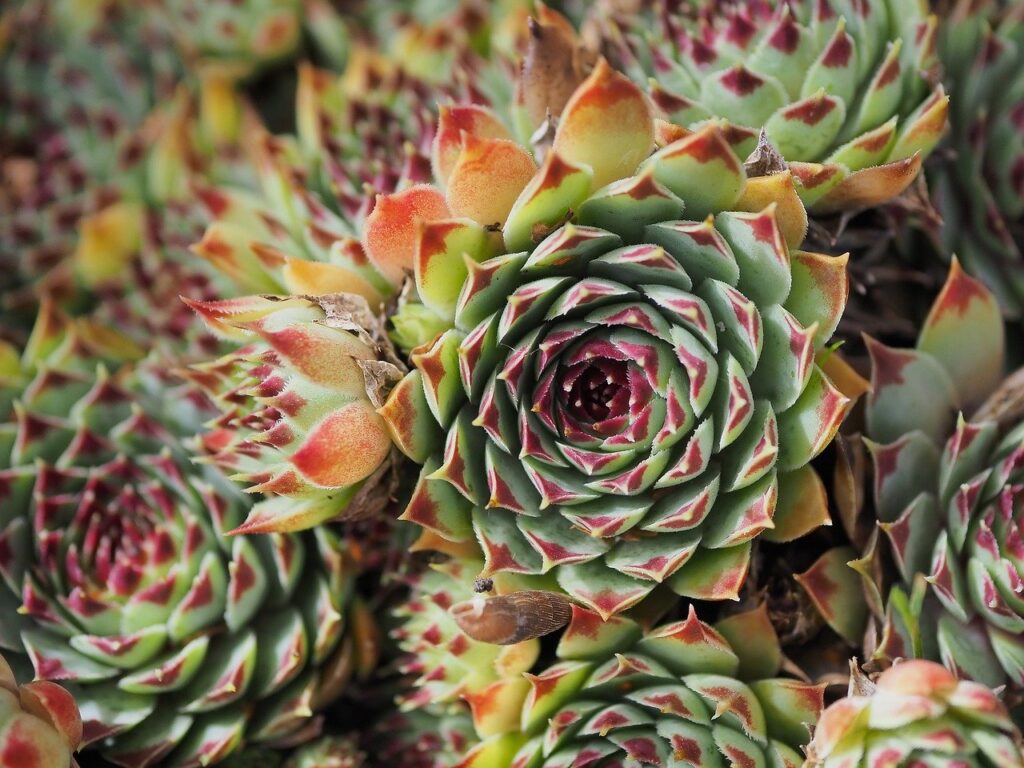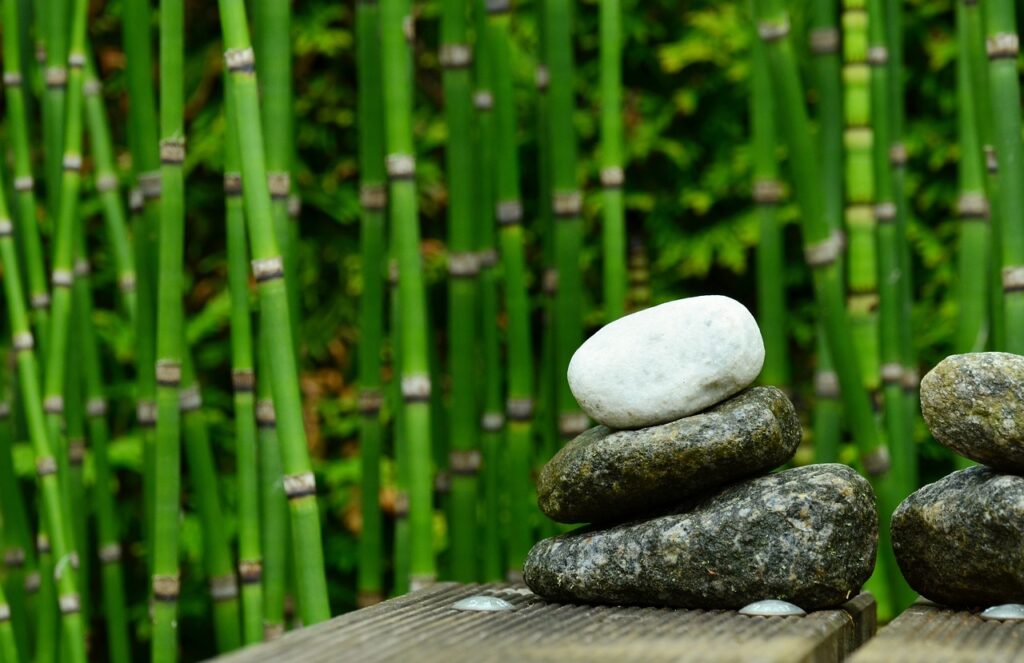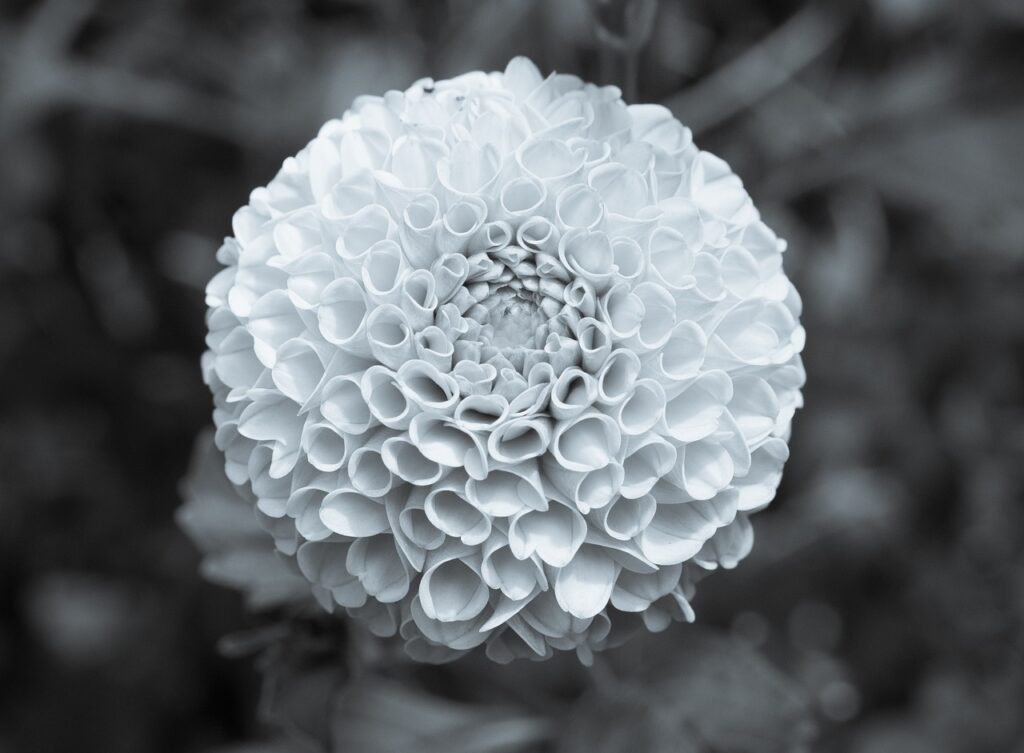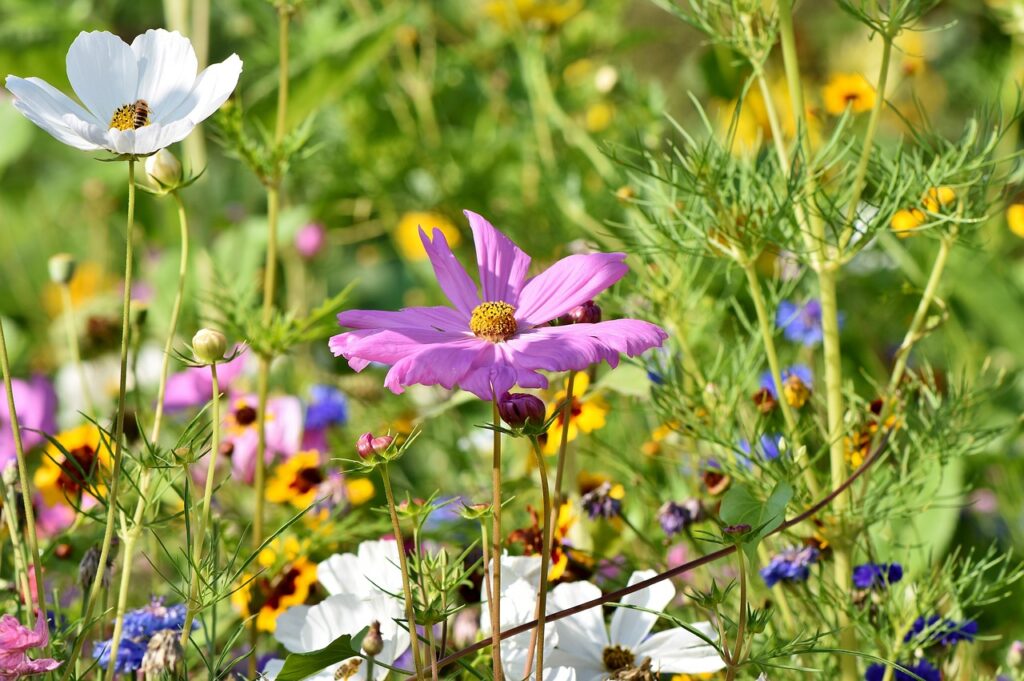If you’re looking for a low maintenance, yet visually appealing addition to your garden or home, succulents are the perfect solution. They’re drought-resistant, easy to care for, and come in a variety of shapes and sizes. If you’re searching for the fastest growing succulents, you’ve come to the right place. In this blog, we’re going to take a closer look at some of the fastest growing succulent plants and offer some tips to help your succulents thrive. Enjoy them in the garden or on a window sill as houseplants, they’re amazing!
As an Amazon and ebay Affiliate we may earn a commission off any purchases made through our links. This won’t affect the price you pay.
Succulent Growth Rates Explained
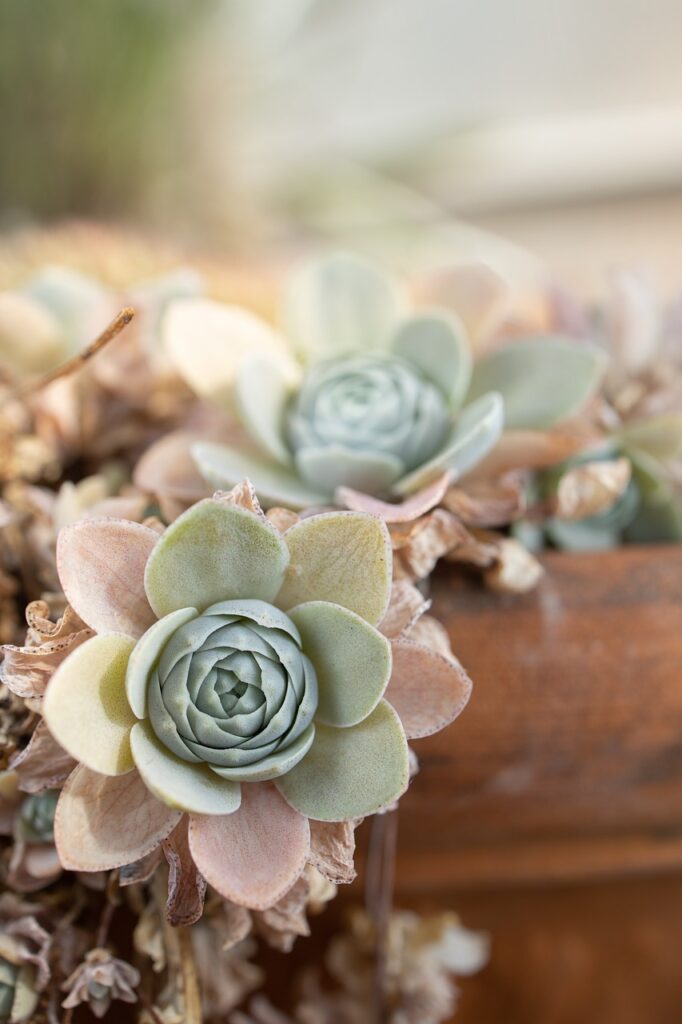 wood box
” class=”wp-image-4679″ style=”width:185px;height:auto”/>
wood box
” class=”wp-image-4679″ style=”width:185px;height:auto”/>When it comes to succulents, one of the most common assumptions is that they grow slowly due to their drought-resistant nature. While it’s true that succulents generally tend to grow slowly, there are some species that grow faster than others.
The growth rate of a succulent plant depends on several factors. These include the species of the plant, the age of the plant, and the amount of sunlight, water, and nutrients it receives. In general, younger plants tend to grow faster than older ones. Additionally, many succulent species grow faster in the spring and summer, when temperatures and sunlight are highest.
One of the fastest-growing succulents is the Kalanchoe daigremontiana, also known as the mother of thousands. This succulent grows unique plantlets along the edges of its leaves, which can grow up to two feet long within a few months. Other fast-growing succulent species include the jade plant (Crassula ovata), which can grow up to an inch per month; the necklace vine (Crassula perforata), which can grow up to several feet long in a single growing season; and the aeonium arboretum or tree aeonium, which can grow up to three feet tall.
It’s worth noting that just because a succulent is fast-growing, it doesn’t mean it will reach its full size quickly. Even fast-growing succulents can take years or even decades to mature. Additionally, some succulents, like the Sempervivum species, grow very slowly but can form large, dense clusters over time.
To ensure that your succulent plants grow at a healthy rate, it’s important to provide them with the proper growing conditions. This includes providing them with the right amount of sunlight, water, and nutrients, as well as making sure they are planted in the right type of soil. With proper care, your succulents will continue to grow and thrive for years to come.

Fast Growing Succulents for Your Garden
1. Crassula ovata (Jade Plant)
Crassula ovata, commonly known as the jade plant or the money tree, is one of the most popular succulent plants. Native to South Africa, it thrives best in full sun and can grow up to three feet tall. Under ideal conditions, the jade plant can grow up to an inch per month.
2. Crassula perforata (Necklace Vine)
Crassula perforata, also known as the necklace vine or the string of buttons, is a trailing succulent that can grow quite fast. This South African native plant can handle full sun, but also tolerates shade and can grow up to several feet long in a single growing season.
3. Kalanchoe daigremontiana (Mother of Thousands)
Kalanchoe daigremontiana, also known as the mother of thousands, is native to Madagascar. This is a unique succulent plant as it produces tiny plantlets along the edges of its leaves, which can grow up to 2 feet long within a few months.
4. Aenoium arboretum (Tree Aeonium)
Aenoium arboretum, commonly known as tree aeoniums, resemble miniature trees. These slow-growing succulents can grow up to three feet tall, but with adequate light they can grow quite fast. In addition, they have beautiful rosettes of thick, fleshy leaves.
5. Snake Plant
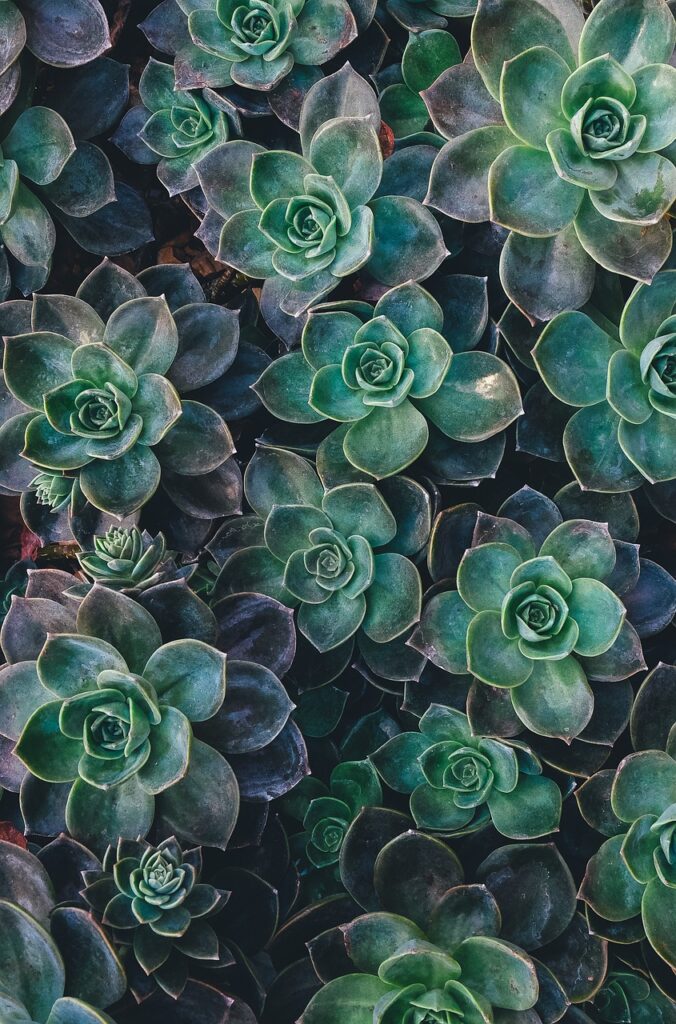
The snake plant (Sansevieria Trifasciata) is one of the most low-maintenance indoor succulents, which is also known as Mother-in-Law’s Tongue. It loves bright, indirect light, but can handle lower levels of light. Snake plants can grow up to 4 feet tall within 3-4 years.
6. Christmas Cactus
The Christmas cactus (Schlumbergera spp.) is a popular holiday cactus that can grow quickly under the right conditions. This Brazilian native grows in low light conditions and blooms in the winter. The festive plant can grow up to 2-3 feet wide in a few growing seasons.
7. Echeveria
Echeveria is a popular succulent that comes in various rosette sizes. These succulents are perfect if you need to fill up a big area as they tend to grow in clusters. They grow quite fast and can handle direct sunlight.
How to Keep Your Fast Growing Succulents Thriving
Succulent plants are known for their ease of care. The below tips should go a long way in making sure you are always successful with succulent plants.
1. Proper Lighting
One of the most important factors in keeping succulents healthy is ensuring they are getting enough sunlight. Most succulents require at least six hours of bright, indirect sunlight per day. Some species, like the Sedum, may require more direct sunlight. However, it’s important to note that too much direct sunlight can cause sun damage or result in scorching of the leaves. A good rule of thumb is to provide your succulents with the brightest light possible, while still protecting them from direct sunlight during the hottest parts of the day.
If you are growing succulents indoors, make sure to place them in a window that gets plenty of light. Supplementing their light with grow lights may also be necessary to provide them with adequate lighting.

2. Watering
Overwatering is the most common cause of succulent failure. Unnecessary water will cause the roots to drown or rot, which can lead to the death of the plant. The best way to ensure that you are not overwatering is to water only when the soil has completely dried out. Keep in mind that watering frequency will be influenced by several factors like weather, potting mix, and watering routine.
Succulents store water in their leaves and stems, which makes them well-suited to survive in dry environments. They are effectively capable of storing water for a long time, in order to get through long periods without receiving water. Dicksonia Antarctica, a species of fern tree is a great option to add as understory as it can serve as a visual indicator as it starts to wilt before the succulents do. Understanding that not all succulents have the same watering needs, hence avoid watering as per routine, instead rely on whether it’s time or not based on its specific needs.
3. Potting
The right type of container is important for ensuring that your succulents grow and thrive. The pot must have drainage holes to prevent overwatering, and appropriate size according to your plant’s height and width. Using a well-draining succulent-specific soil mix is also crucial to prevent water accumulation. This means that the soil must be able to dry out completely and drain excess water away from the roots. You can do it by adding some fine sand, crushed shell, or perlite to the soil. Re-potting your plants, especially if they’ve outgrown their current space, can also be a great way to boost their growth and encourage better draining.
4. Fertilization
Succulents don’t require traditional fertilizer and can actually grow quite well without any input, especially if it is growing in soil that contains some organic matter. But, the addition of nutrients like nitrogen can help stimulate growth.
When using fertilizer, it’s best to do so during the growing season–spring and summer. That will supplement its growth and keep it healthy. Limit nitrogen as it can cause leggy growth and weak stems. Instead, look for a fertilizer that’s specifically formulated for succulents and use it at half strength.
5. Temperature
Succulents are naturally adapted to hot and dry conditions, so they thrive in warm temperatures. However, some species of succulents like the Haworthia need to grow in temperatures that are cooler than others, and they can handle shade better than other types.
It’s important to protect your succulents from extremes in temperature. Sudden temperature drops can cause damage to the plant. Keep the plant out of drafts and avoid spaces where the temperature fluctuates frequently.
6. Pest Control
While succulents are generally low-maintenance, they can still be prone to pests. Mealybugs and spider mites are some of the more regular offenders. In some cases, you can prevent these pests by being careful with watering and allowing soil to dry completely before watering again. It’s important to keep an eye on your plants for any pest infestations. You can also use organic insecticidal soap, neem oil, or a safer insect-killing soap to treat any infestations that do occur.
The Price of Succulents
Succulent plants are undoubtedly popular, and as a result, their prices have gone up in recent years. The factors that influence the price of succulents include size, rarity, and shipping costs. However, if you catch a good deal, you may be able to get some succulents for a relatively cheap price. Local nurseries may be a great option for more affordable plants, and they’re always a good place to start when looking for ways to save.
Grow Your Own
Propagating succulents is a fun and easy way to grow your collection of plants. Many succulent species, such as jade plants and hens-and-chicks, can be propagated simply by taking cuttings or offsets from the parent plant. By following a few simple steps, you can grow new succulent plants from existing ones without having to spend a lot of money on new plants.

Types of Propagation
There are several methods of propagating succulents, each of which is suitable for different types of plants. The most common methods include:
Leaf Propagation: Some succulent species, like echeveria and sedum, can be propagated by taking a leaf cutting and allowing it to grow roots and a new plant.
Offset Propagation: Many succulent species, like hens-and-chicks and agave, produce offsets or “pups” that can be removed from the parent plant and planted separately.
Stem Propagation: Other succulent species, like the pencil cactus, can be propagated by taking stem cuttings and allowing them to dry out before planting.
Seed Propagation: Some succulents can be grown from seed, although this method is less common and tricky.
Step-by-Step Guide to Propagating Succulents
Leaf Propagation:
- Select a healthy. well formed leaf from the parent plant, check well for signs of disease or rot.
- Gently twist the leaf from the stem, making sure to get the entire leaf and not just a piece of it.
- Allow the leaf to dry out for a few days until a callus forms at the base. This helps to prevent the leaf from rotting when it is planted.
- Once the callus has formed, plant the leaf in a well-draining potting mix, burying the bottom of the leaf into the soil.
- Mist the soil lightly with water and place the pot in a bright, indirect light. The best practice is to ensure the soil is moist but not overly wet or waterlogged.
- After a few weeks, you should see roots and a new plant begin to form. Once the new plant has developed several leaves, it can be transplanted to a larger pot.
Offset Propagation:
- Look for offsets growing on your succulent plant. These are small, baby plants that form at the base of the parent plant.
- Using a sharp knife, carefully cut the offset away from the parent plant.
- Always give the offset a few days to dry out. A callus should form at the break.
- Plant the offset in a well-draining potting mix, burying the bottom of the plant into the soil.
- Mist the soil lightly with water and place the pot in a bright, indirect light. The best practice is to ensure the soil is moist but not overly wet or waterlogged.
- After a few weeks, you should see roots and new growth beginning to form. Once the new plant has developed several leaves, it can be transplanted to a larger pot.
Stem Propagation:
- Using a sharp knife, cut a stem from the parent plant that is several inches long.
- Allow the stem cutting to dry out for a few days until a callus forms.
- Once the callus has formed, plant the stem cutting in a well-draining potting mix, making sure to bury the bottom of the stem in the soil.
- Mist the soil lightly with water and place the pot in a bright, indirect light. The best practice is to ensure the soil is moist but not overly wet or waterlogged.
- After a few weeks, you should see roots and new growth beginning to form. Once the new plant has developed several leaves, it can be transplanted to a larger pot.
Tips for Success:
- Choose healthy and mature parent plants for propagation
- Make sure the potting mix is well-draining and doesn’t retain too much moisture
- Water the new plants lightly and frequently to help them establish roots
- Provide enough bright, indirect light for optimal growth
- Be patient – succulent propagation takes time
Succulent plants can add beauty and life to your garden or home. With numerous varieties to choose from, it can be tough to decide which one is right for you. If you’re looking for fast growing succulent plants, consider adding Jade, Tree Aeoniums, and Kalanchoe Daigremontiana to your collection. With proper care, you’ll have a visually striking succulent garden in no time, and they will provide you with a wealth of therapeutic benefits.
As an Amazon and ebay Affiliate we may earn a commission off any purchases made through our links. This won’t affect the price you pay.

